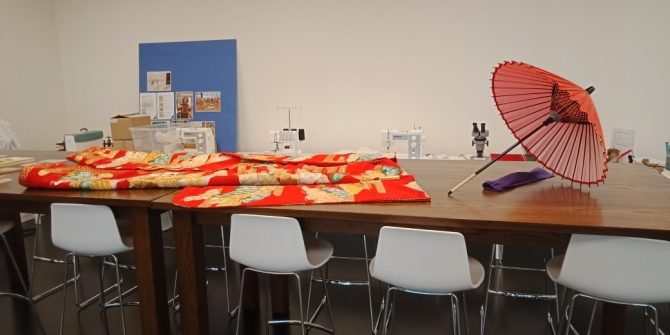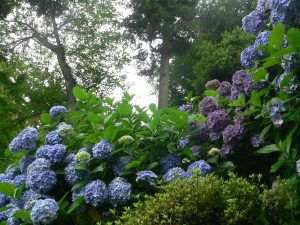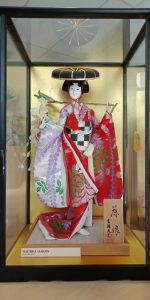To celebrate Canterbury Japan Day, Tūranga Library hosted an evening workshop on Haiku Poetry on Auahatanga | Creativity, Level 4.
Guest speaker Barbara Strang delivered an excellent grounding in the theory of writing Haiku - throwing the 5,7,5 English syllable structure we know out of the window. This 5,7,5 syllable pattern only works when using Japanese onji - a unit of sound that can be shorter than our English syllables.
Something of an expert herself, Barbara Strang, a member of the Small White Teapot Haiku Society, has published many examples of Haiku. She has won a number of competitions including the Oi Oka New Haiku Contest - her poem was published on the label of a bottle of Green Tea:
Monday
A swarm of gardeners
On the tulips
Haiku is about capturing the essence of a sensory response, says Barbara, where content is more important than form. Barbara explains that as seasons in New Zealand are more changeable than those in Japan, we cannot quite hope to duplicate that response. The Japanese have set phrases to indicate these particular times of year.
Barbara introduced us to many examples of traditional Haiku, from Basho;
Old pond
Frog jumps into
The sound of water
to Kobayashi Issa, who used humour;
Under the evening moon
The snail
Is stripped to the waist
to Masaoka Shiki, who brought Haiku back to nature:
Soon to die
The autumn cicada
Is louder
instilling in us an idea of what a Haiku was, and was not.
"A Haiku is a short poem that...uses imagistic language to convey insight, connection and/or wonder." Cyril Charles, New Zealand 'Father of Haiku'
English Haiku are usually written in three lines, using assonance (words with similar vowel or consonants sounds) and alliteration (words with the similar beginning sounds), but shouldn't be too complicated with similes and metaphors, says Barbara.
Modern Haiku can be about anything; a response to the seasons, a humorous response to a human foibles (senryu), or sometimes asking a question.
Basho in particular advocated creating poetry for the sake of creating; an idea that is popular again in the modern world - autotelic.
For our workshop, the inspiration to write was gathered from authentic items kindly loaned to us by the Consular Office of Japan, and from our surroundings. Kate Miyazaki introduced the poets to the Library's north-facing roof garden, planted with natives to Canterbury, just as nature treated us to a spectacular Nor' West Arch over Mt Grey.
At the end of our session the poets regrouped to share their inspiration, many responding to the incredible sky at the end of the day.
Mr Tsunakake, the Japanese Consul, and Mrs Asari, in New Zealand to attend Canterbury Japan Day, kindly joined us to hear our Haiku.
Soft grey clouds
Show
Silver lining
(Fiona Jay)
Green scooter
Spectacularly
You fly off
(Fiona Jay)
We would like to thank Barbara Strang, Mr Tsunakake, Mr Susumu Irie, Mrs Asari and Maureen Heffernan from the Consular Office of Japan in Christchurch for helping to make this event such a success.
More information
- Japanese Film Festival March 18 - 21
- Writing Haiku Poetry: Recommended books
- Our poetry page








Add a comment to: Haiku workshop inspires creativity